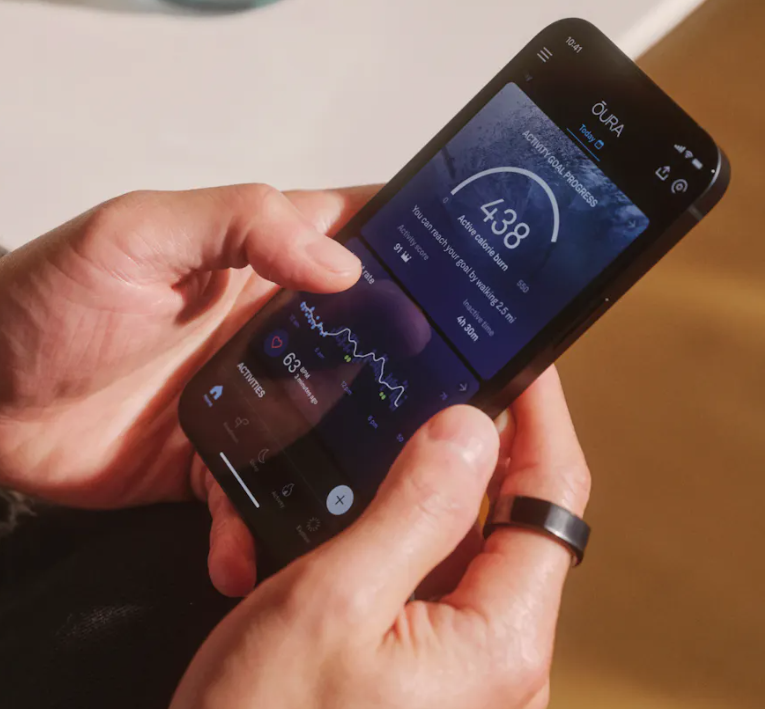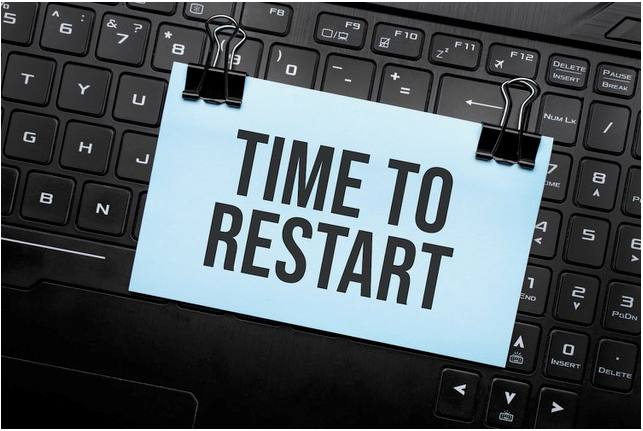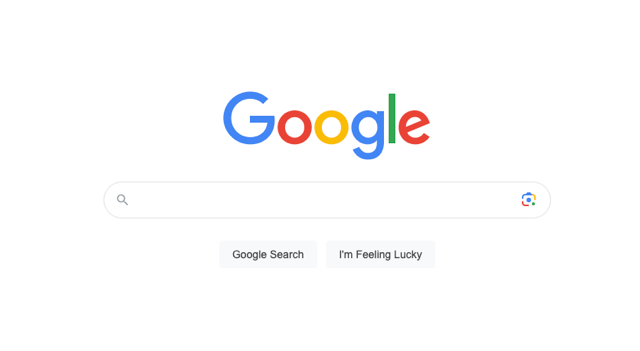by Richard Stokes
As I mentioned in a blog post last month, I’ve found Flipboard to be a great tool for keeping me informed in my interest areas. I recently used it to do some research on Personal Health Records for a reporter interview that I did with Robert Cheek, Network 1 Team Lead Engineer. Here’s some of what I learned.
Personal Health Record Systems (PHR) is an electronic tool whereby health-data is maintained by the patient. The goal is for patients to become more accountable for their own health by maintaining a summary of their own medical history that can be easily accessed online from anywhere. Getting patients engaged in this gives them a greater sense of managing their on-going health and wellness as opposed to only receiving care and healthcare knowledge during traditional episodic visits to the doctor. Microsoft’s HealthVault is a good example of a popular PHR system.
The key to a PHR systems success, however, is patient engagement – those that are willing versus those that are not.
Unfortunately, patients that are most likely to benefit from managing their own care are the ones that are least likely to use PHR systems and other health IT tools because they are unmotivated, sick or too lazy. Conversely, the ones that are excited to use it are usually the ones that are taking better care of themselves anyway and would be less likely to end up in the ER.
Some of the other barriers include:
- Technology and Terminology
The elderly may not be as technically-inclined or willing to get on a computer, let alone get online to use a PHR system. In addition, the medical terminology that is relevant and important to physicians may be difficult for end users to understand. - Ease of Use and Interest
It is much more likely that the younger generation is going to use a PHR system as they are actively seeking out similar tools. The challenge that PHR systems are going to face though is making them easy to use and more importantly keeping the patient engaged. Several PHR systems today are trying to bridge this gap by adding in game-like features to keep the patients involved and coming back.
- Education
Portions of the population that are less educated and in many cases illiterate would have a hard time reading information in an electronic format and would be more inclined to communicate in the traditional way (by telephone or in person).
Bottom line is that PHRs are still evolving and we are going to continue to see them evolve. It’s an exciting time to be in healthcare because new things are always around the corner!






